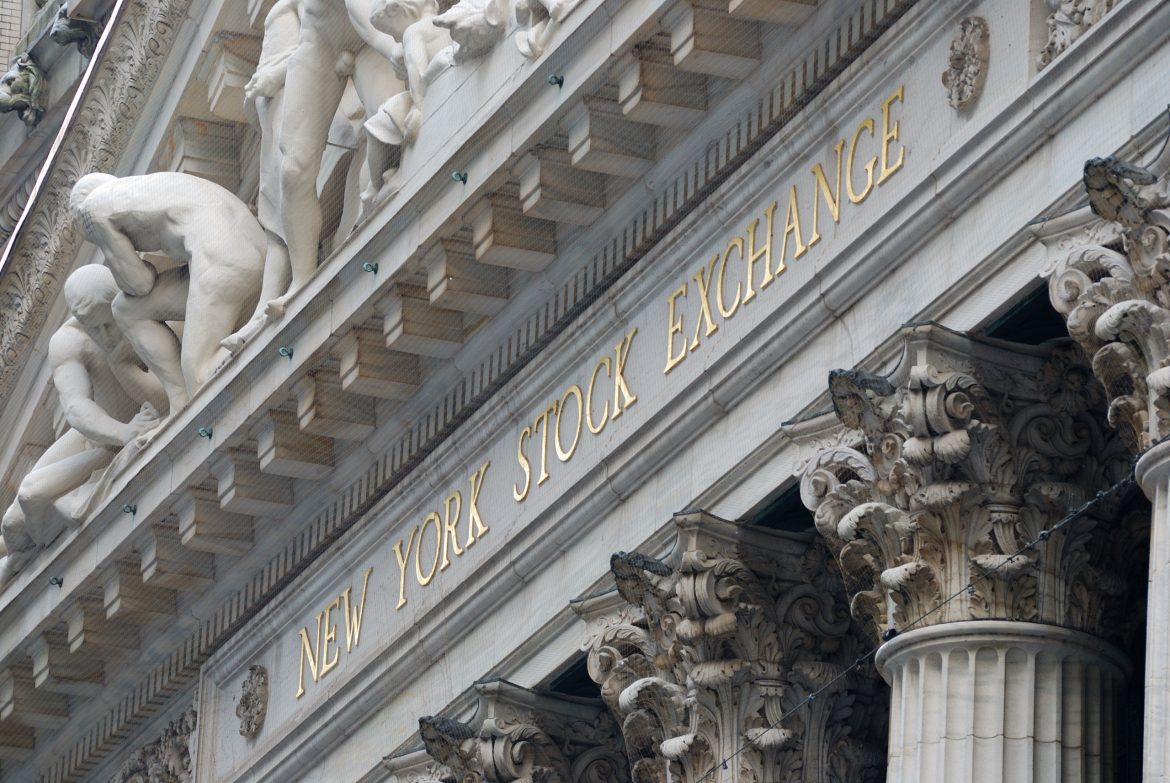The Cambria Shareholder Yield ETF (SYLD) stock has done well this year. It has risen in the last six consecutive weeks, reaching a record high of $73.48, which is 280% above the lowest point in 2020.
A blue-chip ETF
The Cambria Shareholder Yield ETF is a popular fund that tracks companies that have a long track record of rewarding their shareholders.
It mainly focuses on companies that have a history of paying dividends, buying back their shares, and reducing their debt. In most cases, these are firms that have strong free cash flows, one of the best financial metric to watch.
The SYLD also has a history of investing in companies that trade at a discount compared to the S&P 500 index. It has an expense ratio of 0.59% and an annual dividend yield of about 1.81%.
The fund’s constituents are different from those of popular funds like the Vanguard S&P 500 (VOO) and the SPDR S&P 500 ETF (SPY). It has a limited number of technology companies, which dominate most funds.
Most of the companies in the fund are in the energy sector, which account for 21.7% of all firms. The other firms are in the consumer discretionary, financials, materials, industrials, and communication services.
Top SYLD constituent companies
CNX Resources, a leading natural gas company valued at over $5.3 billion is the biggest constituent, with a 1.47% stake. CNX’s stock has soared by over 52% in the last 12 months even as natural gas prices have remained under pressure. They have jumped by 381% in the last five years.
Jefferies Financial Group, a well-known investment banking group with billions in assets, is the second-biggest company in the fund. Its stock has soared by over 96% in the past 12 months and 267% in the last five years, bringing its valuation to over $13 billion.
Jefferies and other investment banks have done well as investors anticipate more deals as interest rates start moving downwards. Top banks in the industry like Morgan Stanley and JPMorgan have published strong financial results this week.
REV Group, a mid-cap company that manufactures specialty items like fire engines, terminal trucks, and emergency vehicles is the third firm in the SYLD ETF. Its stock has jumped by over 82% in the last 12 months, bringing its valuation at over $1.4 billion.
REV is often seen as an all-weather company because its products are often in demand regardless of the economic conditions.
The other top companies in the fund are Prog Holdings, Victory Capital Holdings, Aflac, Fox Corporation, and Brady Corp.
Uncorrelated ETF
One of the top reasons for investing in the SYLD ETF is that it is not as correlated to the S&P 500 and Nasdaq 100 indices as other funds. According to its documents, the correlation with the S&P 500 in the last five years was 0.80. In contrast, the Morningstar Mid-Cap Value Category Average’s correlation was 0.90.
The SYLD also has done better than the S&P 500 index in the past five years, with its total return in the last five years being 126%. In the same period, the Schwab US Dividend Equity (SCHD) and the S&P 500 ETFs have risen by 88% and 112%.
The challenge, however, is that the fund is exposed to the energy sector, which is a highly cyclical industry.
The other concern is that the fund has a smaller yield of 1.8% than other dividend ETFs, and is more expensive than other funds. For example, the VOO ETF, which has a good track record, has an expense ratio of just 0.03%.
SYLD ETF analysis
SYLD chart by TradingView
The weekly chart shows that the Cambria Shareholder Yield ETF has been in a strong bull run in the past few years.
It has risen from the 2020 low of $19.63 to $73.48. Most recently, it has moved above the key resistance point at $72.71, its highest swing in April 2024. By moving above that level, it has invalidated the double-top pattern that has been forming.
The fund has remained above the ascending trendline that connects the lowest swings since May 2023. It has moved above the 50-week and 100-week Exponential Moving Averages (EMA).
Therefore, the stock will likely continue rising as bulls target the next key resistance point at $80, which is about 10% above the current level.
The post SYLD just soared to a record high: is it a good dividend ETF to buy? appeared first on Invezz

